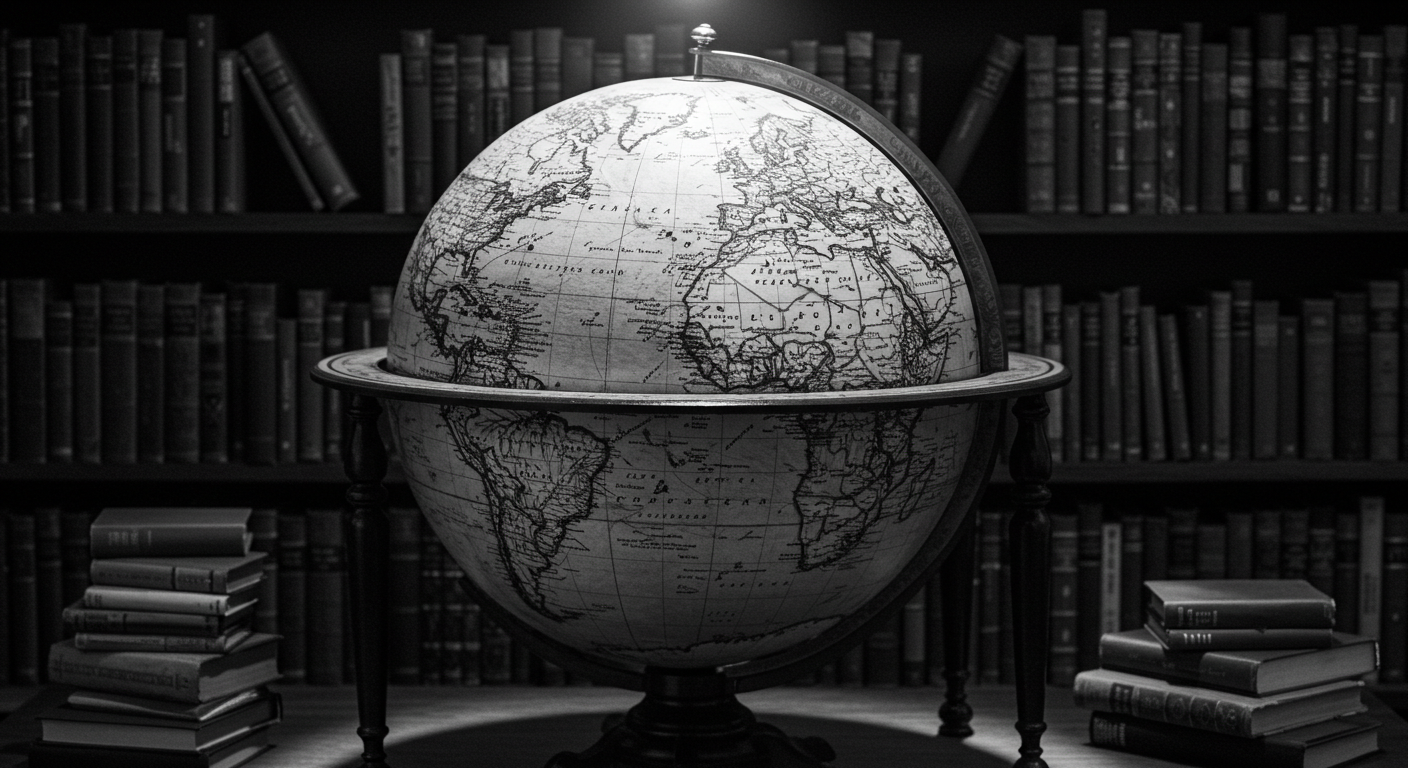When we think of domesticated animals such as cattle, pigs, and dogs, it’s easy to assume that they are naturally evolved creatures. However, the reality is much more complex. These animals have undergone significant changes, not through natural evolution alone, but through the influence of human intervention. This article delves into how domesticated animals evolved from their wild ancestors and how human intervention played a critical role in shaping their development.
- Understanding Domestication: A Human-Centered Evolution
- The Role of Humans in the Evolution of Domesticated Animals
- Examples of Domesticated Animals and Their Wild Ancestors
- Impact of Domestication on Animal Behavior and Genetics
- Conclusion: A Symbiotic Relationship Between Humans and Domesticated Animals
Understanding Domestication: A Human-Centered Evolution
Domestication refers to the process by which humans selectively breed animals for specific traits that are beneficial for human use. Over thousands of years, humans have shaped the evolution of various species, including dogs, cows, and chickens, turning them from wild animals into domesticated companions, livestock, and sources of food.
The process of domestication involves the selection of animals with particular traits, such as tameness, docility, or increased productivity. Unlike natural evolution, where animals adapt to their environment for survival, domesticated animals were bred to thrive under human care and in human-managed environments.
The Role of Humans in the Evolution of Domesticated Animals
Humans have been responsible for breeding animals with specific characteristics for thousands of years. For example, the domestication of cattle began over 10,000 years ago, with early humans selecting animals for their ability to produce milk, work as draft animals, and provide meat. Over generations, these animals became distinct from their wild ancestors, such as the aurochs, in terms of size, behavior, and physical characteristics.
Similarly, the domestication of dogs likely began over 15,000 years ago. Wolves were gradually tamed through human interaction, and over time, humans selectively bred them for various traits such as size, temperament, and loyalty. The domestication of animals was driven by the needs of human society, including food production, transportation, and companionship.
Examples of Domesticated Animals and Their Wild Ancestors
1. **Cattle**: Cattle are descendants of the wild aurochs, a large and aggressive species. Over generations, humans selectively bred cows for their docile nature, size, and productivity. Today, domesticated cows provide milk, meat, and leather, which were not traits of their wild ancestors.
2. **Dogs**: Domestic dogs evolved from wolves, with early humans selecting wolves that exhibited less aggression and were more willing to work alongside humans. Through selective breeding, dogs have developed into a wide variety of breeds, each suited for specific tasks, such as herding, guarding, and companionship.
3. **Chickens**: Domesticated chickens are believed to have originated from the red junglefowl of Southeast Asia. Humans selected birds for their ability to lay eggs, grow quickly, and be raised in confined spaces. Today, chickens are an essential part of food production worldwide.
Impact of Domestication on Animal Behavior and Genetics
Domestication has not only shaped the physical characteristics of animals but has also had a profound impact on their behavior and genetics. Animals that were once wild and independent have become more reliant on humans for food, shelter, and care. For example, domesticated dogs are much more social and communicative with humans compared to their wild ancestors, wolves.
Additionally, the genetic makeup of domesticated animals has been significantly altered through selective breeding. Traits such as increased milk production in cows or the ability to produce large eggs in chickens are the result of genetic modifications made over generations to meet human needs.
Conclusion: A Symbiotic Relationship Between Humans and Domesticated Animals
The domestication of animals is a testament to the powerful relationship between humans and animals. Over thousands of years, humans have shaped the evolution of animals to fit our needs, whether for food, labor, or companionship. This process has not only altered the animals’ physical characteristics but has also had lasting effects on their behavior and genetics.
While domesticated animals may no longer resemble their wild ancestors in many ways, their evolution is a fascinating example of how humans can influence the course of nature. Understanding the history of domesticated animals and the role humans have played in their development gives us greater insight into the deep and complex relationship we share with the animals that have become an integral part of our lives.



コメント